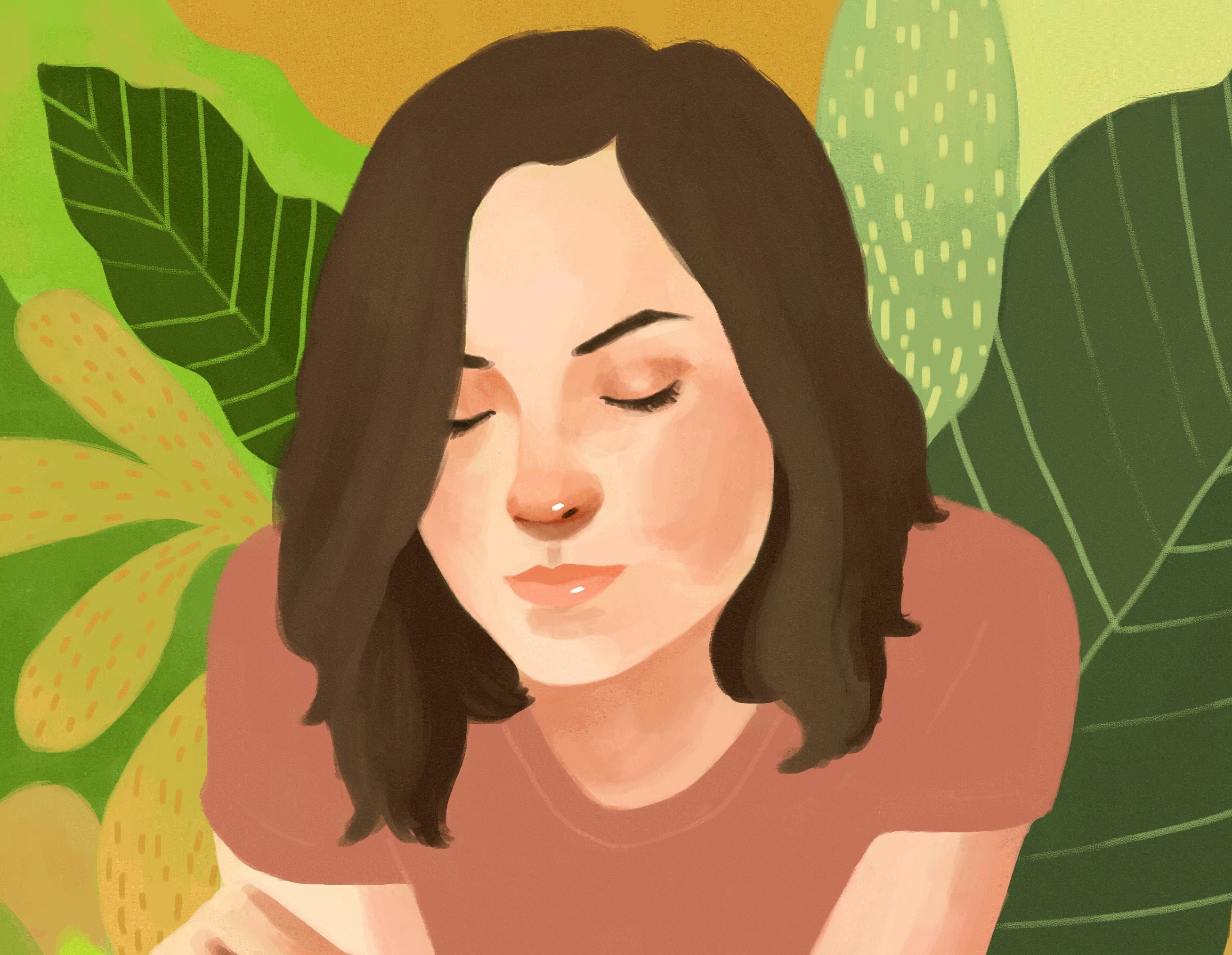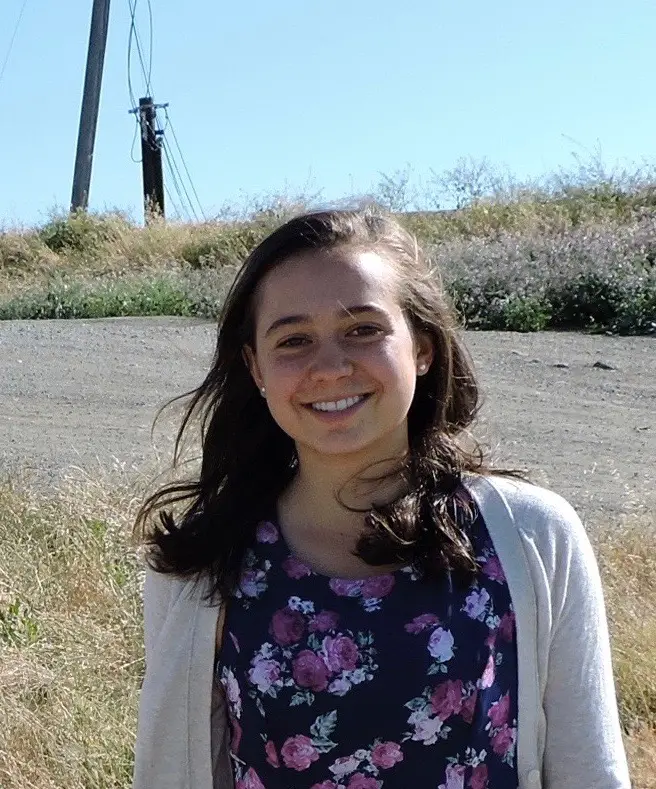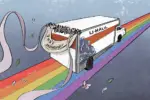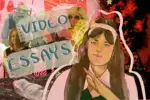A common myth holds that sustainability is impossible, or that starting a zero-waste lifestyle requires you first toss all your plastic possessions into a trash can.
The reality couldn’t be more different. Perhaps you already know that, and you’ve long been living a minimalist lifestyle with a single suitcase of reusable possessions, dreaming only of compost and recycling. Perhaps, more likely, you live a normal life as a resident of a capitalist society that normalizes the production of items for use then refuse. Or, maybe you sweep slices of pizza, plastic utensils and paper plates into overflowing, overused trashcans with cretinous glee.
Whoever you are, whatever you do and however you live, The Girl Gone Green is a relevant resource. With an archive of videos educating (and inspiring) others on how to be better versions of themselves by living more conscientiously, The Girl Gone Green is a library for sustainability, written not specifically for the eco-snob or the eco-slob but for literally anyone who cares just an ounce about the planet.
Manuela Baron, the face behind the popular YouTube channel and Instagram account, is here to spread sustainability and conscious living in a down-to-earth way. Her videos relate to all kinds of sustainability subjects, from how to live in a college dorm zero-waste style to how to grocery shop a little greener. (Hint: It’s actually really easy to do a tiny bit more than just bring a reusable bag.)
On social media, Baron’s enthusiasm for the environment is infectious. Scrolling through her Instagram page, you can practically feel the high voltage positive, environmentally oriented energy spill through your phone screen. Her Instagram bio accurately frames her humble approach to green living: “learning #sustainability and #wellness practices from around the world: plant-power, low waste, minimalism and mindfulness.”
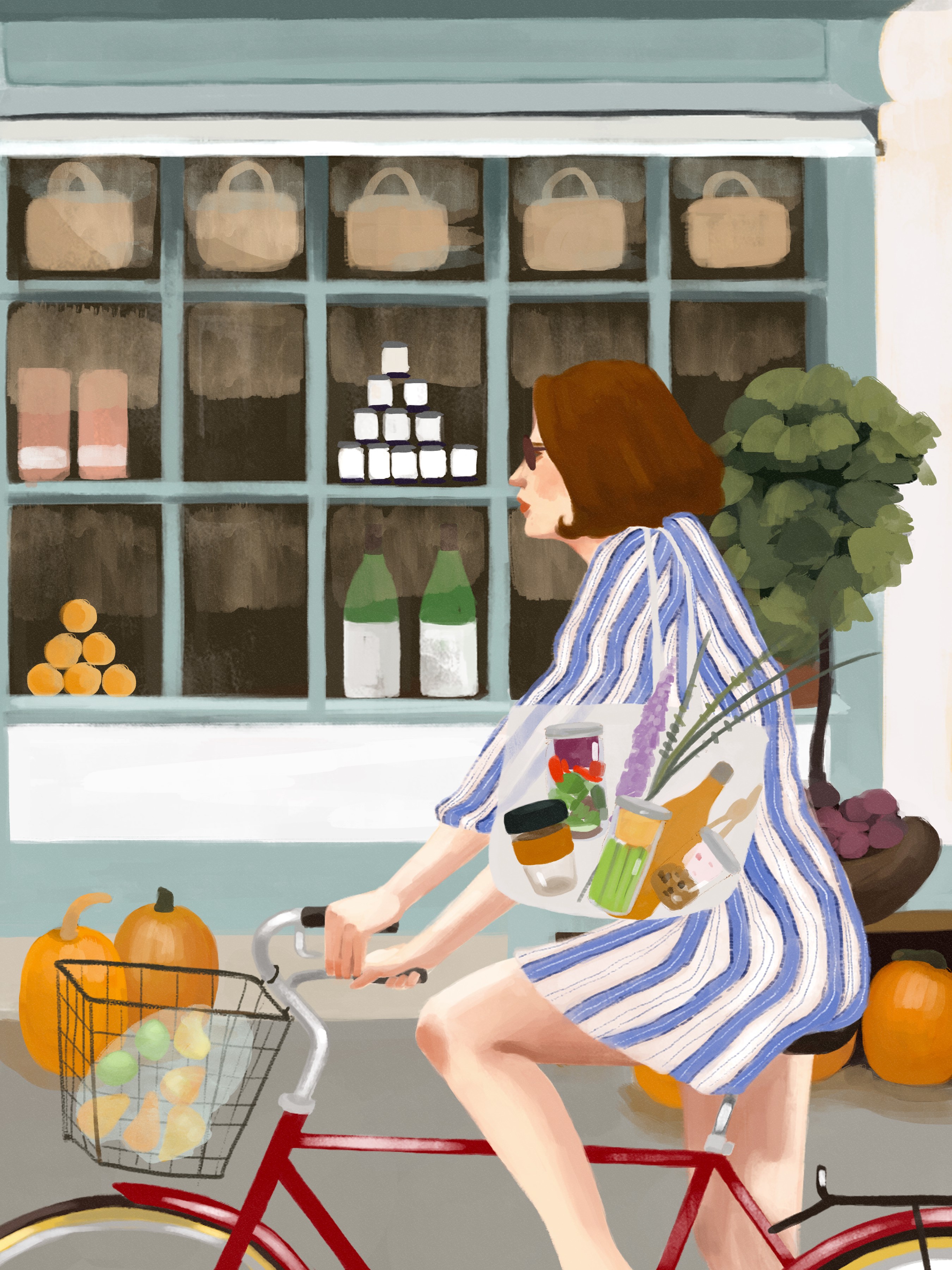
It’s hard to avoid sounding cliché when talking about someone bringing meaningful change to the world while staying true to herself, but Baron is a living example of this golden phenomenon. After graduating from the University of South Florida St. Petersburg in 2017, she embarked on a series of solo travels through Southeast Asia, taking the time to learn, grow, network, work with local sustainability organizations and just figure things out. In her videos and on Instagram, she discusses both the incredible rewards and the hard reality of solo travel, while also being candid about feeling like the world’s biggest hypocrite for telling people how to live an eco-friendly lifestyle while traveling around and leaving a heavy carbon footprint.
Shooting a video with her cell phone next to a camera that refuses to work, Baron confessed that she really still is figuring it out, that she became really, really terrified of putting content out there — What would people think? What would she would think of herself?— but that it doesn’t matter. “What matters is the one person who gets one thing out of this video, or one thing out of any videos we make,” she said. “We hit 50K subscribers, we’re about to lose a bunch, but you know what, we did it. For now, just live and don’t be afraid of the backlash.”
The Girl Gone Green certainly practices the same strength and life positivity she encouraged in the Asia life update she published on her channel in February. Just a few years ago, Baron got rid of her trashcan and became her new persona. She stopped being part of the problem and started being part of the solution.
I had the opportunity to speak with Baron and chat about her unique sustainability channel, her journey as an inspirational zero-waster and her goals as an advocate for the environment in this waste filled era.
Raina Sciocchetti: What was your inspiration for starting The Girl Gone Green?
Manuela Baron: My first year of college was very unconventional. I studied abroad in Paris, which led me down a rabbit hole of personal growth. I spent a lot of the year traveling and challenging myself. Eventually, I started seeing patterns. I could be on the streets of Paris, Rome, Marrakesh or Ho Chi Minh City and the theme was always trash. It was a global issue spread out into every corner and sidewalk. It wasn’t until I got back to my Paris apartment and took out the trash that I really noticed this problem. I was only home for a few days and I had managed to fill a plastic bag with yogurt cups. This inspired me to focus on my own personal habits.
RS: What was your very first step towards zero-waste living?
MB: You know, I have a pretty extremist personality, so I went cold turkey into the waste-free life. I spent a few months reading books, like the “Zero Waste Home” by Bea Johnson, and then I just jumped into it and learned as I went along. It was a lot of … “How do I do this plastic-free?” Google searches. It helped that I moved to a new city, so I didn’t own anything to begin with. I also just declared my lifestyle. All my friends came to meet me as “the girl without a trashcan.”
RS: What did your experience of starting a sustainability challenge look like?
MB: I never planned on starting a sustainability channel. It kind of just happened. After giving a TEDx talk at my university, I started getting a lot of questions on Instagram. I had started an Instagram page, @thegirlgonegreen, to document my trash-free progress and not annoy my friends and family. Without the time to respond to all of the questions, a friend suggested I respond in video format — thus the Girl Gone Green YouTube channel was born.
RS: It seems like it could be pretty hard to stay “green” in college. Did your college support your sustainability efforts?
MB: I’m not going to lie and say I was super involved in college. I kind of did my own thing and focused more on getting involved in the city’s community.
I will say, it was a challenge. Imagine showing up to every club banquet event with your own plate. Yup, that was me. Everyone was very supportive, but I don’t think I had by any means a normal college experience — but that was my choice. I cared more about sustainability than beer pong.
As for the college itself, they were great. The campus was very eco-friendly: solar panels, green spaces, recycling — the works.
RS: What are your goals for the future of The Girl Gone Green?
MB: It’s constantly evolving. Right now, I want to do more educational outreach. I’m interested in speaking more, especially at colleges. I’d also like to start creating more documentary-style content.
RS: Have those goals changed since you began the project?
MB: This started out as my personal hobby and has slowly turned into a movement and a business. It’s hard for me to let go of “my baby” and get help from others, but the plan is to grow The Girl Gone Green. The more the social media platforms grow, the more impact we can make.
RS: I love how you continually emphasize the fact that zero waste is a goal, that people should try to make the best of what they have, and your videos generally just make zero-waste living seem so possible. What would you say to the average consumer to encourage them to change their lifestyle, however slightly, for the better?
MB: I think life should be FUN. I’m the kind of person that turns studying into a game, so make sustainability fun. Challenge your friend: How many straws can you avoid in a week? Track your progress.
Overall, I recommend tackling just one thing. That ONE thing will have a ripple effect, one you probably won’t expect. The other day, I was at the bank and ran into one of the tellers who went to college with me. She was so excited to show me her workspace—she had a Yeti cup with soup, a metal spoon and a cloth napkin. How many people at her work has she impacted with those simple choices? It just keeps growing when you live your life by example.
You can find The Girl Gone Green on Youtube, or follow her on Instagram: @thatgirlgonegreen


